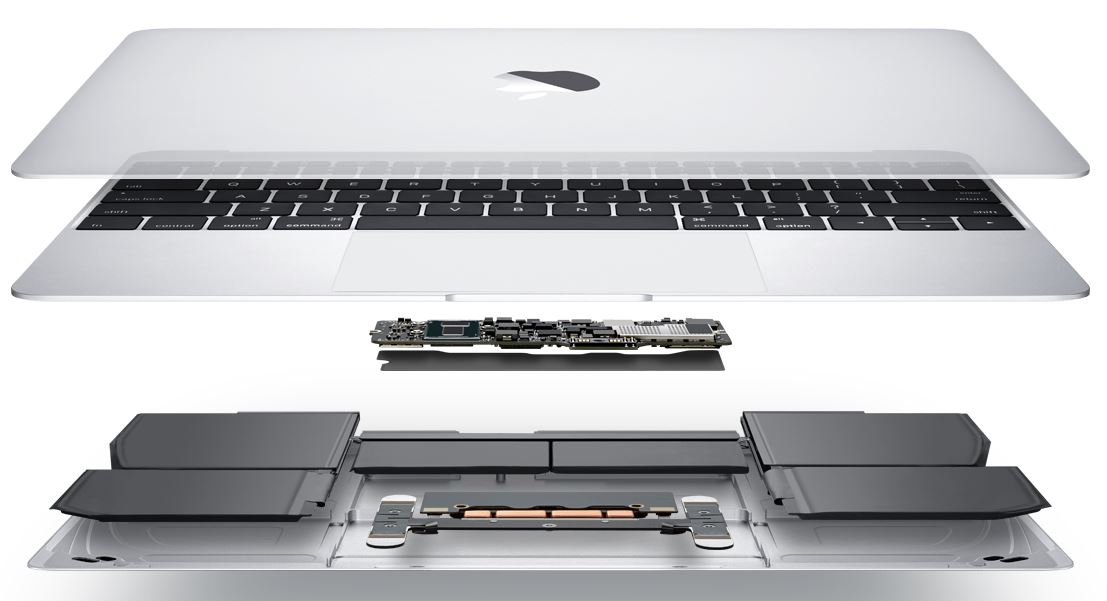Amidst findings from a recent teardown of the 2015 Apple MacBook, by iFixit, we have learned a great deal about what’s in store for future MacBooks... and if we are right on the money, MacBooks and iOS devices could head towards a singularity, at least in terms of hardware.

Believe it or not, this is no news, as Apple has invested decades into looking for ways to create lighter, more powerful ultra-mobile devices, and as strange as it seems, Apple could have never have achieved this goal with an OEM/builder approach. The ability to upgrade hardware, on any system, will always come at the cost of portability. The design of modular components, such as in the case of custom PCs, may yield more in terms of performance, but the trade off will always be power efficiency and bulk.
Think beyond ultra-mobile
The adoption of pentalobe, and tri-wing screws, typically found in iPhones and iPads, may very well be one subtle hint, that there is more to this device than what Apple wants us to think.
Much of the custom hardware and components, including the internal video connector, which is unlike anything we have ever seen on a MacBook, is a clear sign that Apple is looking to widen the gap between the MacBook and other desktop-bound Mac products, like the iMac or Mac Pro, by creating something completely different: something designed with desktop performance in mind, but with the portability of an iPad or an iPhone.
Choosing an Intel Core M processor may seem like a step backwards, but it really isn’t, and the reason for this clearly correlates to the redesigned, modular, terraced battery. Apple will not skimp on performance, on the other hand, it will not skimp on battery life either.
A clearer view stems from looking at everything else Apple has been involved with, only this year. The newfound focus on wireless charging, and the number of new patents acquired to possibly even waterproof devices. These are all pieces of the same puzzle, which tells a story that in a few years from now, might surprise a few of us.
Will Samsung still be part of this future?
Anything can happen. Apple has shown incredible advances in its ability to design chips, like the S1 and the A-series. What is about to take place, at least in the next 5 years, is a radical evolution of ultra-portable devices, and if Apple decides to invest further in designing microchips, Samsung will most likely be part of that picture.
On the other hand, Intel has shown amazing improvements in its own design, especially since Broadwell. If, by the time Apple really reaches its turning point, Intel’s chips present a cost effective alternative to Apple’s own design, Apple’s future MacBooks, could be still Intel-powered.